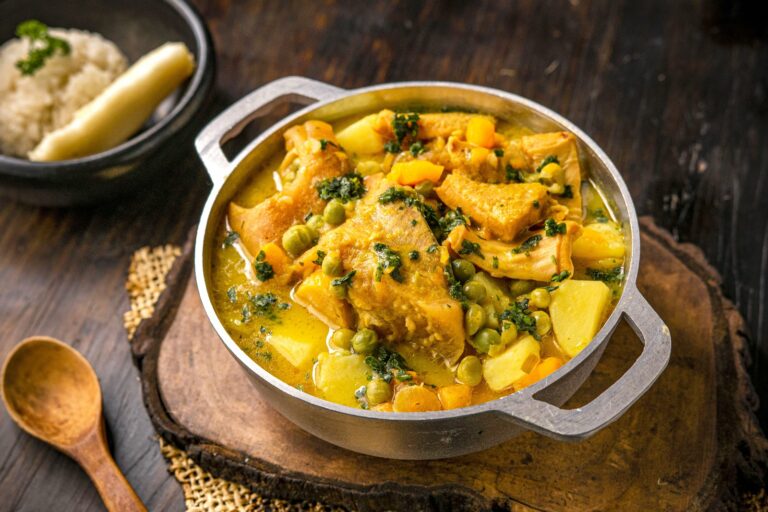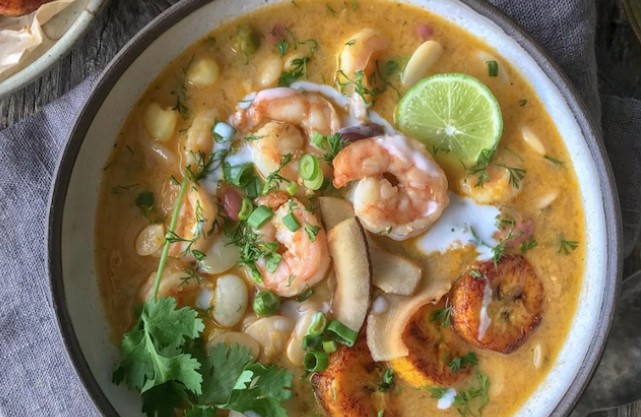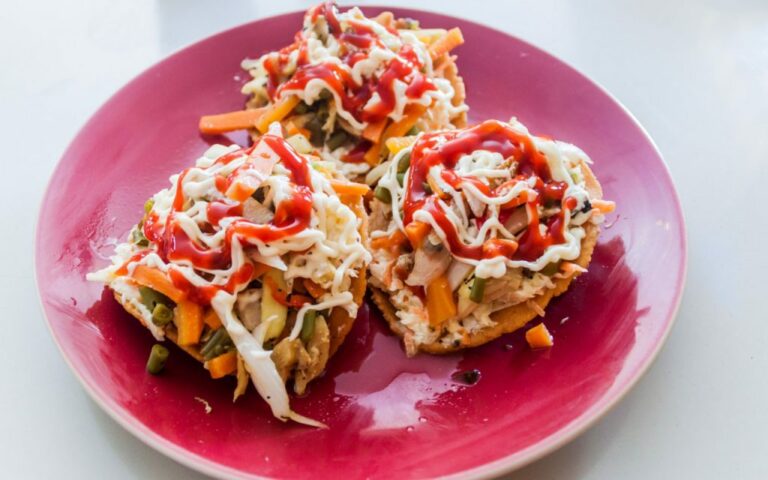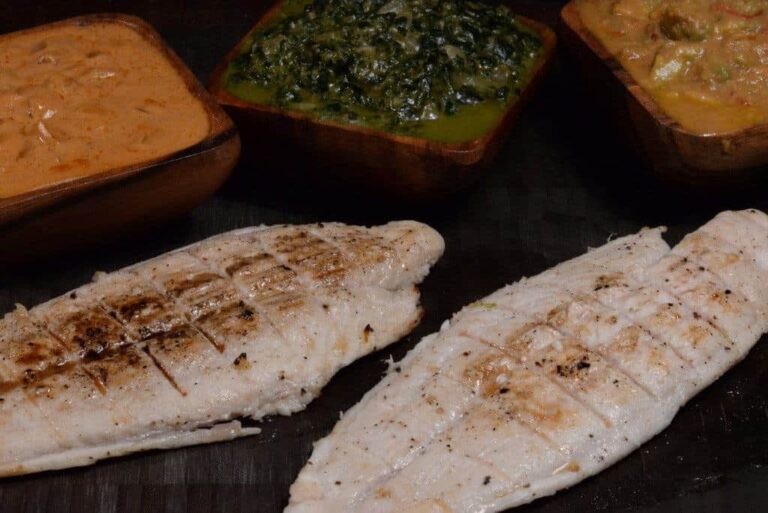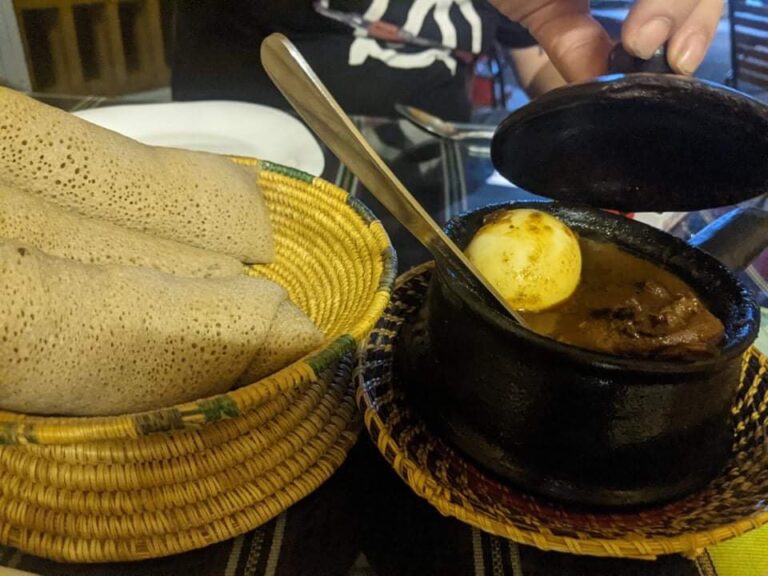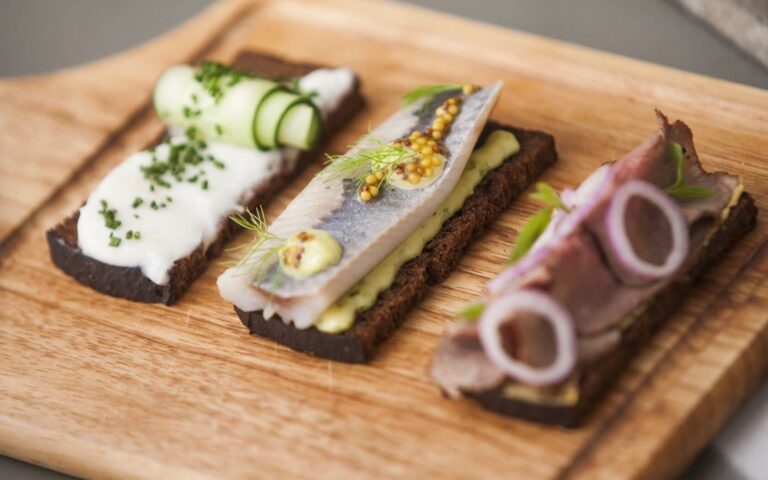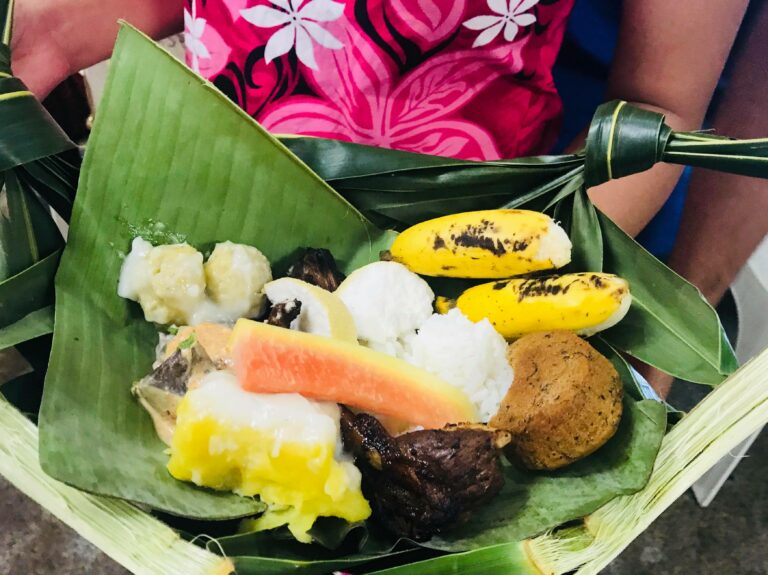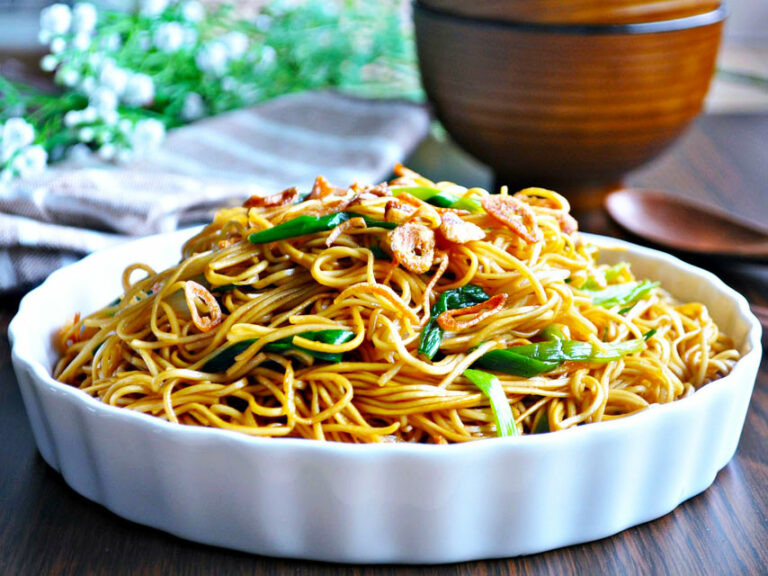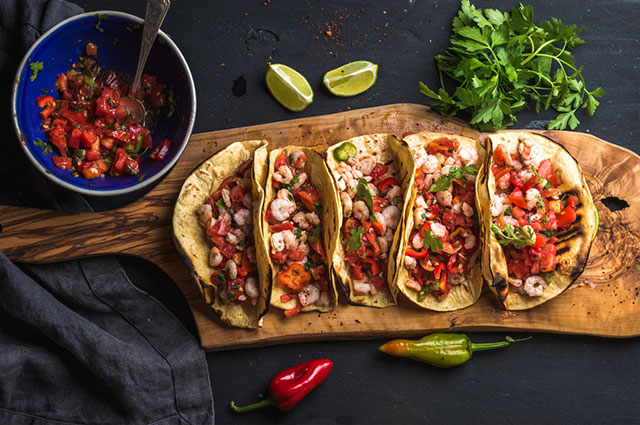Introduction: Exploring traditional Dominican cuisine
The Dominican Republic is known for its beautiful beaches, lively music, and vibrant culture. But, one aspect that often goes overlooked is the country’s delicious cuisine. With a mix of African, Spanish, and indigenous influences, Dominican cuisine is a unique blend of flavors that is sure to please any palate.
From classic breakfast dishes to hearty stews and sweet desserts, there are many traditional Dominican dishes that are worth trying. In this article, we will explore some of the most popular and delicious dishes that you should not miss on your next trip to the Dominican Republic.
Mangú: A classic Dominican breakfast dish
Mangú is a staple breakfast dish in the Dominican Republic. It is made by boiling green plantains and then mashing them with butter, onions, and olive oil. Mangú is typically served with crispy fried cheese, salami, and eggs.
This hearty and flavorful dish is a great way to start your day and will give you the energy you need to explore all that the Dominican Republic has to offer. Mangú can be found at many local restaurants and food stands throughout the country.
Sancocho: A hearty stew for any occasion
Sancocho is a traditional Dominican stew that is typically served at special occasions such as weddings and holidays. It is made with a variety of meats such as chicken, beef, or pork, as well as yucca, plantains, corn, and other vegetables.
This hearty stew is full of flavor and is perfect for any occasion. It is often served with white rice and avocado on the side. Sancocho is a must-try dish for anyone visiting the Dominican Republic.
Chicharrón: Crispy pork with a tangy twist
Chicharrón is a popular Dominican dish that consists of crispy pork skin that is fried until it is golden brown and crunchy. The pork is usually seasoned with a mix of spices and vinegar, which gives it a tangy flavor.
Chicharrón is often served as a snack or appetizer and can be found at local food stands or restaurants. This crispy and flavorful dish is a must-try for anyone who loves pork.
La Bandera: A colorful representation of the Dominican flag
La Bandera, which translates to “the flag,” is a traditional Dominican dish that is named after the country’s flag. It consists of white rice, red beans, and stewed meat such as chicken or beef.
La Bandera is a staple dish in the Dominican Republic and is often served for lunch or dinner. It is a colorful and flavorful representation of the country’s culture and is a must-try when visiting the Dominican Republic.
Tostones: A crunchy side dish made with plantains
Tostones are a popular side dish in the Dominican Republic that is made with green plantains. The plantains are sliced and then fried until they are crispy and golden brown.
Tostones are often served as a side dish with meals such as sancocho or grilled meats. They can also be served as a snack with a variety of dipping sauces. Tostones are a delicious and crunchy addition to any meal.
Pastelitos: Savory empanadas filled with beef or chicken
Pastelitos are savory empanadas that are filled with beef or chicken and then fried until they are crispy and golden brown. They are a popular snack or appetizer in the Dominican Republic and can be found at many local food stands or restaurants.
Pastelitos are a delicious and flavorful snack that is perfect for anyone who loves savory pastries. They are often served with dipping sauces such as hot sauce or garlic mayonnaise.
Habichuelas con Dulce: A sweet dessert made with beans and coconut milk
Habichuelas con Dulce is a sweet dessert that is made with red beans, coconut milk, and spices such as cinnamon and cloves. It is a popular dessert in the Dominican Republic, especially during the Easter season.
This sweet and creamy dessert is often served with a side of cookies or crackers. It is a unique and delicious dessert that is worth trying when visiting the Dominican Republic.
Conclusion: Savoring the flavors of the Dominican Republic
The Dominican Republic has a rich and flavorful cuisine that is a mix of African, Spanish, and indigenous influences. From classic breakfast dishes to hearty stews and sweet desserts, there are many traditional Dominican dishes that are worth trying.
Whether you are exploring the beaches or the countryside, be sure to savor the flavors of the Dominican Republic by trying some of these delicious dishes. Your taste buds will thank you for it!

